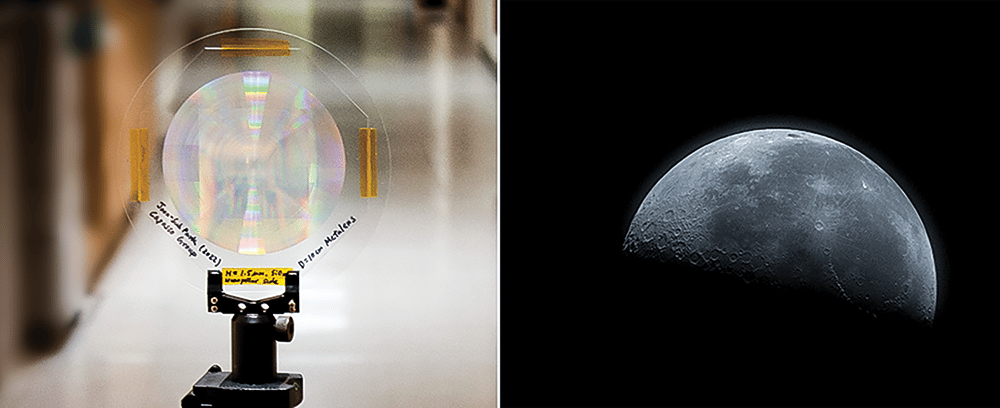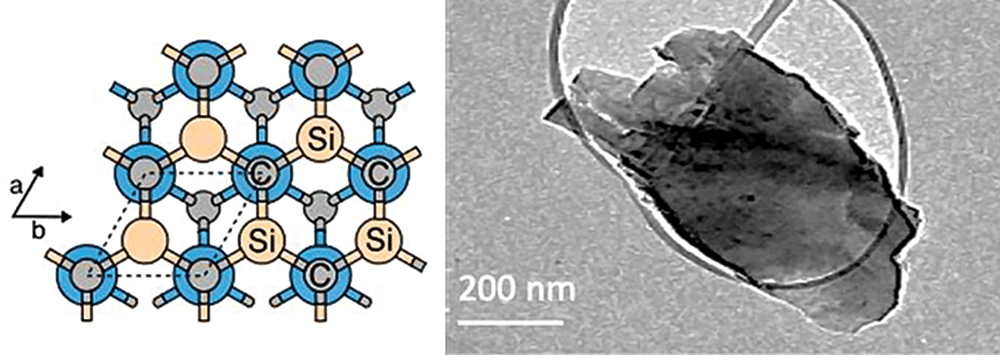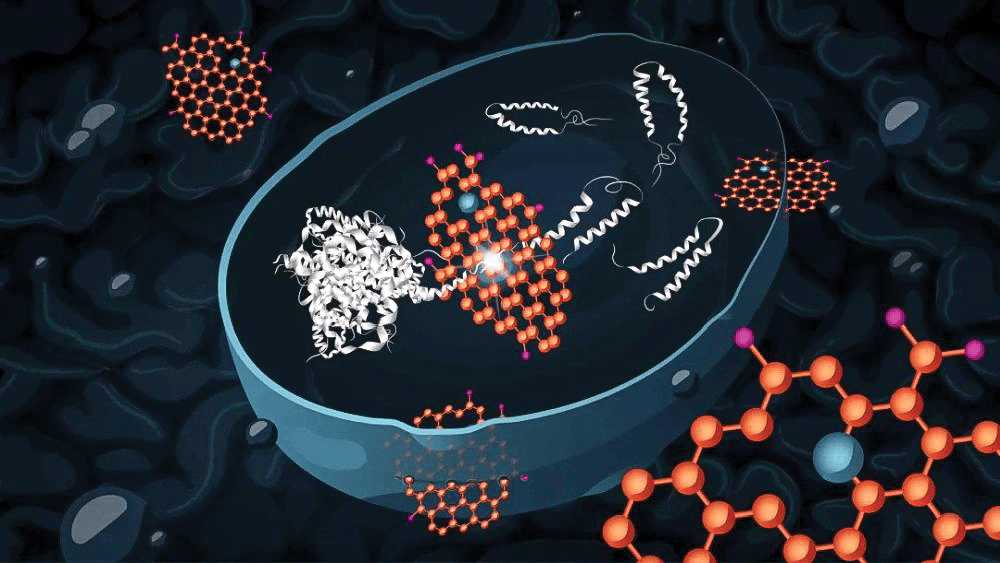departments
CERAMICS IN Manufacturing
Research News
Backyard insect inspires invisibility devices and other next-generation technology
Researchers led by The Pennsylvania State University precisely replicated the complex geometry of particles, called brochosomes, that leafhoppers secrete and coat themselves in. These particles absorb both visible and ultraviolet light, and designing synthetic brochosomes could allow for the development of bioinspired optical materials with applications ranging from invisible cloaking devices to more efficient solar energy harvesting. Visit the website for more information.
Theory linking ignition with flame provides roadmap to better combustion engines
Tohoku University researchers theoretically linked ignition and deflagration in a combustion system, unlocking new configurations for stable, efficient combustion engines. Previously, researchers believed a steady-state solution exists only when the inlet velocity matches the velocity of either the deflagration wave or detonation wave. The Tohoku researchers posit that an infinite number of solutions exist if autoignitive conditions are considered. Visit the website for more information.
Researchers prove fundamental limits of electromagnetic energy absorption
Duke University researchers determined the theoretical fundamental limit for how much electromagnetic energy a transparent material with a given thickness can absorb. Their theory is validated with transfer matrix calculations of homogeneous materials and full-wave numerical simulations of electromagnetic metamaterials. The finding will help engineers optimize devices designed to block certain frequencies of radiation while allowing others to pass through. Visit the website for more information.




